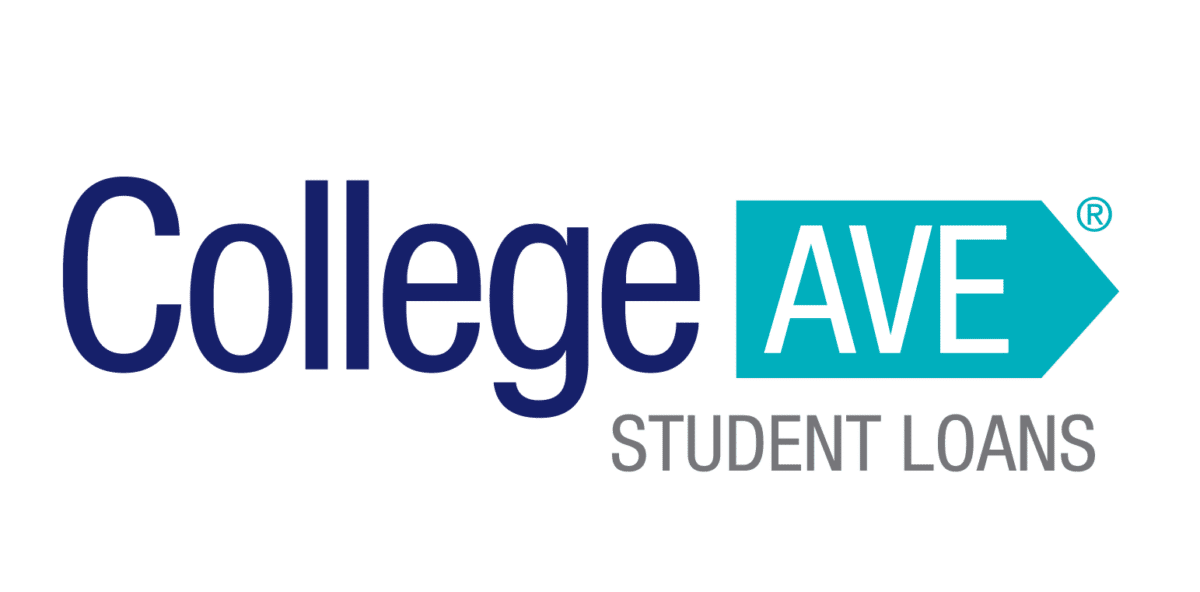
The majority of college students end up taking out student loans to cover college expenses. Despite over $1.7 trillion in outstanding student loan debt among Americans, there are annual and aggregate limits to how much you can borrow from the federal government.
With private student loans, however, you’re only limited by what you qualify for based on a lender’s underwriting. Keep reading to learn more about private student loan limits and how you can use federal and private student loans to cover college expenses.
Using private loans to pay for college
When taking out student loans to pay for your education, explore federal student aid options before jumping into private loans. Federal student loans come with certain protections and access to programs like income-driven repayment plans and loan forgiveness programs.
Fill out the Federal Application For Student Aid (FAFSA) to determine how much federal aid you’re eligible for. Once you’ve picked a school and know how much aid you’re receiving from the federal government, you can start thinking about using private loans to cover the balance of your college expenses.
Taking out private student loans is a great way to bridge the gap when federal aid doesn’t cover all of your educational expenses.
Private student loan limits
Although federal student loans have both annual and aggregate limits, private student loans operate differently. Private entities, like online lenders, banks, and credit unions, all offer private student loans.
With so many private lenders offering private student loans, there’s no set limit on how much you can borrow as a student. Each lender sets its own criteria for who qualifies and how much can be borrowed.
Your private student loan limit is based on factors, such as your degree program and your credit. Private lenders use your creditworthiness to determine whether you’re a lending risk. It’s also used to set your interest rate. If you haven’t established a good credit history yet, there’s a good chance you’ll need the help of a cosigner to qualify for private student loans.
The good news is that most lenders let you check rates and terms ahead of time without negatively affecting your credit score. This gives you a chance to compare lenders and research their private student loan limits before applying for a loan.
Federal student loan limits
The federal government sets limits on how much you can borrow to fund your education. For undergraduates, your options are Direct Subsidized and Direct Unsubsidized Loans (also often referred to as Stafford Loans). Below are the loan limits for the 2020-2021 academic year set by the federal government.
Stafford Loan Limits
| Year in school | Dependent students | Independent students |
|---|---|---|
| 1st Year Undergraduate | $5,500 ($3,500 subsidized) | $9,500 ($3,500 subsidized) |
| 2nd Year Undergraduate | $6,500 ($4,500 subsidized) | $10,500 ($4,500 subsidized) |
| 3rd Year Undergraduate | $7,500 ($5,500 subsidized) | $12,500 ($5,500 subsidized) |
| Graduate or Professional | N/A | $20,500 unsubsidized |
It’s important to understand that there’s also an aggregate or total loan limit for federal borrowers, too. Your status as a student determines how much you can borrow annually and in total. Here are the current aggregate loan limits for the 2020-2021 academic year.
Aggregate Loan Limits
| Loan type | Dependent students | Independent undergraduate students | Independent graduate or professional students |
|---|---|---|---|
| Subsidized loan limit | $23,000 | $23,000 | $65,500 |
| Unsubsidized loan limit | $8,000 | $34,500 | $73,000 |
| Total loan limit | $31,000 | $57,000 | $138,500 |
Another federal option available for students is taking out Direct PLUS Loans. There are Parent PLUS and Grad PLUS Loans.
Parent PLUS Loans are for parents who want to take out a loan to cover the cost of their child’s education. Grad PLUS loans are for graduate or professional students enrolled at least half-time and meet other eligibility requirements. Unlike most federal student loans, there’s a credit check involved with both PLUS Loan options.
The federal loan limit for both PLUS Loans is the cost of attendance minus other financial aid received. The school determines the cost of attendance in both cases. PLUS Loans are an alternative if you’ve exhausted other federal loan options. Keep in mind that they come with a higher interest rate than other federal loans.
Using federal and private student loans to pay for college
Let’s look at some real-life examples of how to use federal and private student loans to pay for school. Here’s a look at three well-known universities and their estimated costs for the 2020-2021 academic year.
University of Washington undergraduate student
Below is the cost of attendance for a first-year undergraduate student at the University of Washington’s Seattle Campus for the 2020-2021 academic year.
| Fee type | Residents | Non-residents |
|---|---|---|
| Tuition | $10,629 | $37,998 |
| Room and board | $13,887 | $13,887 |
| Fees and other expenses | $5,150 | $5,150 |
| Total cost | $29,666 | $57,035 |
If you’re an independent first-year student from Washington, and received $5,500 in federal student aid, you’d still need to worry about $24,166 of costs. That total jumps to $51,535 for non-residents. Even if you received a generous merit scholarship award of $10,000 annually, you’re left with between $14,000 and $42,000 worth of expenses to cover.
University of Delaware graduate student
Below is the cost of attendance for a graduate student at the University of Delaware for the 2020-2021 academic year.
| Fee type | Graduate student with 8-credit-hours per semester |
|---|---|
| Tuition | $30,368 |
| Room and Board | $13,472 |
| Books | $1,000 |
| Total Cost | $44,840 |
Suppose you averaged taking eight credit hours a semester as a graduate student at the University of Delaware. In that case, your total annual cost is over $44,000, not counting any extra fees you may incur.
As mentioned earlier, graduate students aren’t eligible for Stafford Loans unless you qualify as an independent student. That leaves you with Grad PLUS Loans, which can cover the entire cost of attendance. Currently, Grad PLUS Loans come with an interest rate of 5.30% APR.
All PLUS Loans carry a disbursement fee, which is now 4.236%. Even if you use PLUS Loans to cover all of your graduate education expenses, you could end up paying more in interest and fees than you would with a private student loan, depending on your (or a cosigner’s) credit.
Negotiate with the school to save money
Just because the college you’ve chosen lists its costs doesn’t mean that expenses are written in stone. According to a 2019 study by the National Association of College and University Business Officers (NACUBO), the participating 366 private, nonprofit colleges and universities gave an average tuition discount of 52.6% to first-year full-time students during the 2019-2020 academic year. They also provided an average discount of 47.6% to all undergraduate students.
There’s no harm in asking for more assistance paying for college expenses. “One tactic,” says Student Loan Planner® founder Travis Hornsby, “is you can ask a college financial aid officer to ‘use their professional judgment’ in giving an aid package.”
The price you see listed on a school’s website in many cases is like the sticker price on a car for sale. Many schools will work with you and find scholarships and other ways to help cover costs. You don’t know unless you ask — and the worst that can happen is the school says it can’t do anything else.
What’s next?
If you’re taking out loans to pay for school, max out your federal loan options before applying for private loans. If you do need to take out private loans to cover the balance of your college expenses, check out these private student loan lenders.
You can earn a cash-back bonus by applying for a loan using our link. Check rates and terms before you apply and find the right option for your situation.
| Lender Name | Lender | Offer | Learn more |
|---|---|---|---|
| Sallie Mae |

|
Competitive interest rates.
|
Fixed 4.50 - 15.69%
Variable 6.37 - 16.78%
|
| Earnest |

|
Check eligibility in two minutes.
|
Fixed 4.67 - 16.15%
Variable 5.87 - 18.51%
|
| Ascent |

|
Large autopay discounts.
|
Fixed 4.09 - 14.89%
Variable 6.22 - 15.20%
|
| College Ave |

|
Flexible repayment options.
|
Fixed 4.07 - 15.48%
Variable 5.59 - 16.69%
|
